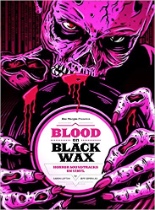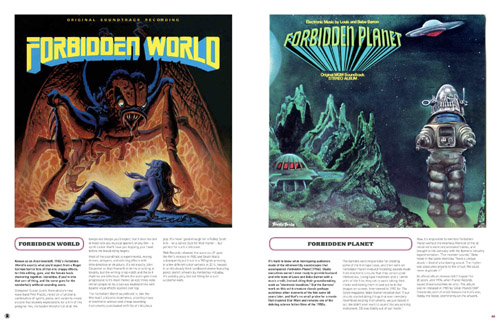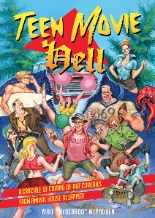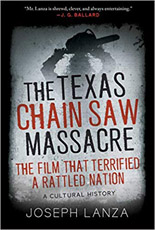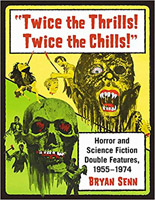
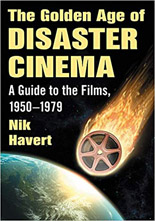 With Glenn Kay and Michael Rose’s wonderful Disaster Movies: The Ultimate Guide long out of print, the field has been open for a title to swoop in as a no-brainer purchase for those interested in navigating the oft-campy subgenre. I’m afraid Nik Havert’s bid, however, isn’t it.
With Glenn Kay and Michael Rose’s wonderful Disaster Movies: The Ultimate Guide long out of print, the field has been open for a title to swoop in as a no-brainer purchase for those interested in navigating the oft-campy subgenre. I’m afraid Nik Havert’s bid, however, isn’t it.
As hinted by the title, The Golden Age of Disaster Cinema: A Guide to the Films, 1950-1979, his definition of the subject is perhaps too malleable, stretched to include alien invasions produced by George Pal and ecological-revenge fantasies, rather than sticking to the perils of Irwin Allen and others who either influenced or Xeroxed the projects of his reign.
Year by year, movie by movie, Havert ticks through offerings from screens big and small, but other than the occasional emailed remembrance by someone who worked on the film, his articles follow an unfortunate formula: brief remarks of innocuous criticism preceded by several paragraphs of beat-by-beat story synopsis, each maddeningly ending with a same-Bat-time/same-Bat-channel question as repetitive as it is needless. For example:
• “Will any of them make it out alive?” (Airport ’77)
• “Can any of them escape, and will the infection spread if they do?” (The Crazies)
• “Who will survive the wall of water rushing for Brownsville, and will the town ever be the same?” (Flood)
• “Will they make it, and will anyone else survive the aftermath?” (Avalanche)
• “Will either shelter be strong enough to hold off the attacks, and what awaits the survivors further down the mountain if they make it through the night?” (Day of the Animals)
While Havert is obviously passionate about disaster cinema, he is unable to convey that in a way that engages the reader, and calls too many films “lost” that are not (like This Is a Hijack). On the plus side, the McFarland & Company paperback is thorough, packed with obscurities — where else will one learn of Flug in Gefhar? —Rod Lott

